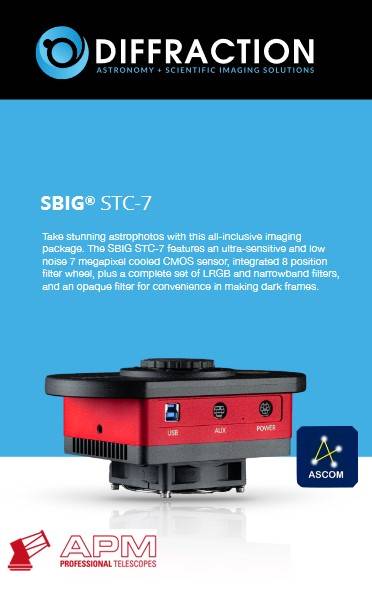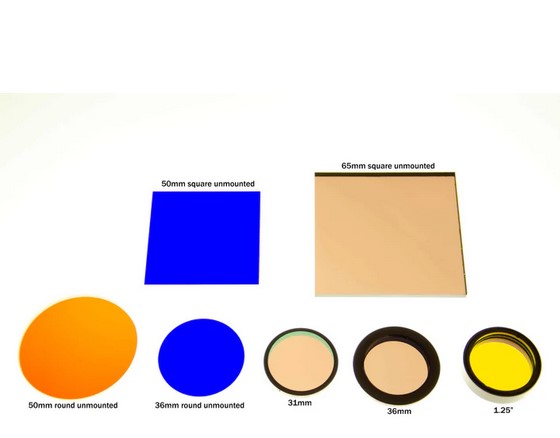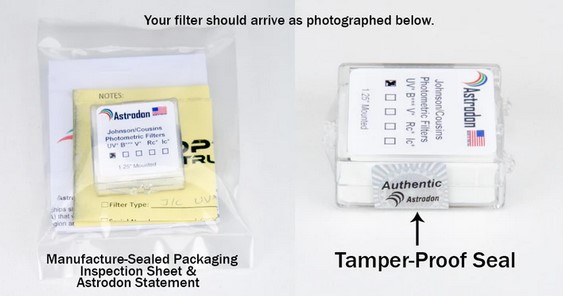|
Astrodon Narrowband Filter Features:
|
ASTRODON 5NM RED CONTINUUM NARROWBAND FILTERThis Red Continuum filter (645 nm, 5 nm FWHM) produces a star map without the H-a or SII emission in order to subtract stars from emission images. Astrodon NB filters are renowned for not producing halos around stars and not leaking NIR light.
|
APM Professional Telescopes
1m F/8 Ritchey Chrétien with dual Nasmyth Foci, Cape Town (South Africa)
Another large telescope for the South African Astronomical Observatory (SAAO). An 1m F/8 Alt-Az mounted Ritchey Chrétien for robotic use. It has dual Nasmyth Foci. The main telescopes used for research are located at the SAAO observing station (32°22.795’S 20°48,657’E) near Sutherland in the Northern Cape, a 4-hour drive from Cape Town.
More articles in this product group
Product enquiries
Inquiry now
Please make your enquiries about the products you require here. We will contact you as soon as possible with a customised quote.
FLI Filterwheels

The CenterLine's unique dual carousel design with central aperture has long been the filter wheel of choice to avoid telescope balance issues. Typically one position in each carousel is empty, providing 8 usable positions.
APM Professional Telescopes
1m F/8 Ritchey Chrétien with dual Nasmyth Foci, Cape Town (South Africa)
Another large telescope for the South African Astronomical Observatory (SAAO). An 1m F/8 Alt-Az mounted Ritchey Chrétien for robotic use. It has dual Nasmyth Foci. The main telescopes used for research are located at the SAAO observing station (32°22.795’S 20°48,657’E) near Sutherland in the Northern Cape, a 4-hour drive from Cape Town.
Creative Contact Form
 |
COMPANY HQ
![]()
APM Telescopes
Quierschieder Weg 38
66280 Sulzbach
GERMANY
Telefon: +49 (0)6897 - 924929-0
Fax: +49 (0)6897 - 924929-9
E-Mail: info@apm-telescopes.de
WWW: https://www.apm-professional-telescopes.com









